Torres et al., v. JAI Dining Services (Phoenix) Inc., No. 1 CA-CV 19-0544 (July 16, 2020)
It is an age-old question in dram shop cases: When does the scope of a liquor licensee’s liability end for injuries its customer caused after a night of drinking and irresponsible decisions? An important secondary question is: What is considered an “intervening superseding cause,” which cuts off the liability of an establishment? The general rule is, if an injured plaintiff can establish a “non-speculative causal connection” or argue that a reasonable person would not have continued to serve the defendant, the question of proximate cause will at the very least proceed to the jury. This makes it difficult in dram shop cases for establishments to prevail on a motion for summary judgment, however, success with a dispositive motion is not impossible.
Recently, in Roberto Torres, et al. v. JAI Dining Services (Phoenix) Inc., No. 1 CA-CV 19-0544 (July 16, 2020), the Arizona Court of Appeals held that the acts of an individual who was awakened and decided to drive again after previously arriving safe at home, getting into bed and going to sleep, constituted a sufficient intervening superseding cause to cut off the establishment’s liability.
Facts of the Case
This wrongful death and dram shop case started on November 7, 2015. At approximately 6:30 p.m., defendant Cesar Aguilera Villanueva (“Villanueva”) completed a 12-hour work shift and went directly to a family wedding reception. At the reception, he ate tacos and consumed “some beer.” Villanueva left the wedding reception at approximately 9:00 p.m., and went to his home to shower and change his clothes before going out with friends and family relatives to Jaguars, a strip club owned by defendant JAI Dining Services (Phoenix) Inc. (“JAI”). On his way to the strip club, Villanueva stopped at a convenience store and bought a 24-ounce container of beer. He drank the beer while driving to the strip club.
Villanueva and his group arrived at the club at approximately 11:20 p.m. He did not appear visibly intoxicated. Villanueva purchased and drank a 12-ounce beer from an iced tub of beer bottle. Next, Villanueva and two other gentlemen ordered a “mega bucket” of beer, which contained 15 beers. The four women in the group ordered several mixed drinks and a smaller bucket of beer, which contained six beers.
At 1:53 a.m. on what was then November 8, 2015, Villanueva escorted his girlfriend, Leticia Morales (“Morales”), and her friend Wendy to his truck in the parking lot, because Morales was drunk. Villanueva testified at trial by this time he was feeling “drunk.” While Wendy and Morales stayed in his truck, at 2:08 a.m., Villanueva went back inside. He drank his last beer and left to use the restroom. Villanueva consumed six or seven beers at the club. According to witnesses, Villanueva did not display obvious signs of intoxication.
Upon returning from the restroom, Villanueva observed bouncer at the club trying to take a beer from Villanueva’s sister. Villanueva grabbed the bouncer’s arm and briefly argued with the bouncer before agreeing to leave. Several of the club’s employees escorted Villanueva and his group outside. They left the club at approximately 2:20 a.m.
Villanueva drove his truck to his brother’s house, which was approximately 15 minutes from the club, where he drank an energy drink. Villanueva stayed for a while so he could “chill out for a little bit and sober up.” At approximately 4:00 a.m., a friend drove Villanueva, his sister, Morales, and Wendy to Villanueva’s home in his truck. Villanueva shared this home with his sister and parents.
Upon arriving at home, Villanueva went to bed and fell asleep. After some time, he was awakened by his girlfriend, who asked him to help drive Wendy home. Villanueva agreed on the condition that Wendy drive his truck to her home, because he did not believe it was safe for him to drive. Wendy drove the truck to her home. During the approximate 45 minute drive, Villanueva and Morales slept.
Villanueva drove back home as Morales slept. While driving at 86 miles per hour, Villanueva crashed his truck into a car stopped at red light, killing the two occupants of the vehicle. Two hours after the crash, Villanueva’s blood alcohol content (“BAC”) was approximately .078 or .079. If he drank no additional alcohol after leaving JAI’s establishment, his BAC when left the club was between .128 and .166. Villanueva’s BAC at time of the crash was approximately .11. Other than the sleep he got at home and in the ride to Wendy’s home, Villanueva had been awake for approximately 24 hours. He was arrested, convicted of two counts of manslaughter, and sentenced to serve 14 years in prison.
The Lawsuit and Trial
A year after the crash, the victims’ relatives (“plaintiffs”) sued Villanueva and JAI. Plaintiffs asserted negligence against Villanueva, and asserted common law negligence, dram shop liability, and statutory negligence per see against JAI. Prior to trial, JAI moved for summary judgment citing a lack of proximate causation. JAI argued Villanueva’s decision to drive after arriving home safely and falling asleep for a period of time was unforeseeable and constituted a superseding, intervening event of independent origin which negated any negligence on JAI’s part. The superior court denied JAI’s motion.
During trial, at the close of evidence, JAI moved for judgment as a matter of law on the claims of negligence and dram shop liability. JAI asserted that the proximate cause and duty elements of negligence could not be met. The focus of JAI’s argument was that a superseding intervening action took place, when Villanueva “made it to a place of repose, made it home, in his bed at home, and it was his decision then, once he made it home safe, to leave and get in the [truck].” JAI also argued plaintiffs failed to present facts establish that it was foreseeable that once Villanueva got home and was asleep, he would be woken up and leave to drive again. JAI argued its duty ended when Villanueva arrived safely at home, because if it did not, an establishment would be required to lock the patron in his or her home and hold them hostage until they sobered up. Plaintiffs argued that JAI’s duty could not legally end until Villanueva was no longer acting under the influence of alcohol, because until then, everything he did was influenced by the alcohol consumed in part at JAI’s club and should be considered the proximate cause of his condition. The superior court denied JAI’s motion.
The jury found in plaintiff’s favor on the allegation of negligence against Villanueva and on common law negligence and dram shop liability against JAI. The jury did find in JAI’s favor on the statutory negligence per se claim. The jury awarded plaintiffs $2,000,000. It apportioned 60% to Villanueva and 40% to JAI. The jury rejected the plaintiffs’ request for punitive damages.
After the entry of a signed judgment, JAI renewed its motion for judgment as a matter of law. The renewal was again based on duty and proximate cause. The superior court denied the motion. JAI asserted a timely appeal.
Appeal Court’s Legal Analysis
In Arizona, a plaintiff must establish the following four element to prove a negligence claim: (1) a legal duty or obligation requiring the defendant to conform to a certain standard of care; (2) the defendant’s failure to conform to the required standard; (3) a causal connection between the defendant’s conduct and the plaintiff’s resulting injury; and (4) actual loss or damage. Ontiveros v. Borak, 136 Ariz. 500, 504 (1983).
Arizona law also provides that establishments such as JAI have a duty “to exercise affirmative, reasonable care in serving intoxicants to patrons who might later injure themselves or an innocent third party, whether on or off the premises.” Patterson v. Thunder Pass, Inc., 214 Ariz. 435, 438 (App. 2007). For a plaintiff to recover for negligence in dram shop matters, they must also establish that the liquor licensee’s breach of duty or negligent conduct was the proximate cause of plaintiff’s injury. Herbert v. Club 37 Bar, 145 Ariz. 351, 353 (App. 1984).
Additionally, Arizona’s dram shop statute requires a plaintiff to show a licensee sold liquor to an obviously intoxicated person and that the person’s consumption of liquor was a proximate cause of the plaintiff’s injury. A.R.S. §4-311(A)(1)-(3). Under the statute, an “obviously intoxicated” person is defined as one who is “inebriated to such an extent that the person’s physical facilities are substantially impaired and the impairment is shown by significantly uncoordinated physical action or significant physical dysfunction that would have been obvious to a reasonable person.” A.R.S. §4-311(D).
The Court of Appeals focused on whether or not Villanueva’s actions upon arriving at his home and sleeping constituted an intervening and superseding cause relieving JAI of liability. “The proximate cause of an injury is that which, in a natural and continuous sequence, unbroken by an efficient intervening cause, produces an injury, and without which the injury would not have occurred.” Robertson v. Sixpence Inns of Am., Inc., 163 Ariz. 539, 546 (1990). “An intervening cause is an independent cause that intervenes between defendant’s original negligent act or omission and the final result and is necessary in bringing about that result.” Id. The intervening cause becomes a superseding cause relieving a defendant of liability when it “was unforeseeable by a reasonable person in the position of the original actor and when, looking backward, after the event, the intervening act appears extraordinary.” Ontiveros, 136 Ariz. at 506. “Thus, if an injury is produced by an intervening and superseding cause, even though the original negligence may have been a substantial factor in bringing about the injury, the original actor is not legally responsible therefore because the necessary proximate cause is lacking.” Patterson, 214 Ariz. at 439.
The Court of Appeals compared and analyzed the facts of the subject case to Patterson and to Anderson v. Matador Mexican Food Restaurant, 2010 WL 33666656 (App. 2010), which led it to reverse the superior court’s judgment against JAI and order the entry of judgment in JAI’s favor. In both of those cases, the Court of Appeals found an intervening and superseding cause which relieved the liquor establishment from liability.
In Patterson, an employee of the liquor establishment confiscated an intoxicated patron’s car keys and called a taxicab to take her home. The taxicab never arrived. 214 Ariz. at 436. Another employee used a different vehicle to drive the patron to her home, returned her keys, and left. Id. Within an hour of being at home, the patron secretly returned to the tavern parking lot, got her vehicle, and caused a collision. Id. The tavern employees did not know she returned to the establishment. Id. The Court of Appeals affirmed the superior court’s granting of summary judgment in favor of the tavern on two grounds. Id. at 439-40. First, by separating the patron from her car and arranging for her safe transportation to her home, the tavern as a matter of law fulfilled its legal duty to the patron and public. Id. at 439. Second, an intervening and superseding cause relieved the tavern of liability because it was unforeseeable and extraordinary for the patron to return and retrieve her car that night. Id. at 440.
In Anderson, the bar patron drank to excess and left the nightclub at approximately 2:00 a.m. 2010 WL 3366636 at *1. A friend drove the patron to her home in her vehicle and left the car keys on the patron’s table in her apartment. Id. Within an hour, the patron left her home and caused a collision. Id. The patron’s BAC was .19. Id. The Court of Appeals affirmed the superior court’s granting of summary judgment in favor of the nightclub and another liquor establishment finding an intervening and superseding cause existed. Id. at *3-4. The Court of Appeals ruled the facts of the case cause it to recognize the risk caused by an intoxicated driver, who has safely reached home and has no known reason to leave, cannot reasonably be said to fall within the risk created by a licensee’s act of serving a patron too much alcohol. Id. The independent decision to leave her apartment and drive was an intervening and superseding cause which broke the chain of causation. Id.
Comparing the facts of the subject case to those in Patterson and Anderson, the Court of Appeals held that Villanueva’s decision to leave his residence and drive his truck after arriving safely at his home, going to bed, and falling asleep was an intervening and superseding cause of the victims’ deaths. The Court concluded that Villanueva reached a place of repose when he arrived home and went to bed.
TM Takeaway: In dram shop cases, it is important to gather and analyze all the facts to determine whether there is a potential intervening and superseding cause. Even if the liquor establishment is found to have breached its duty, it is still possible to prevail on a dispositive motion founded on a lack of proximate cause, which involves an analysis different than breach of duty.
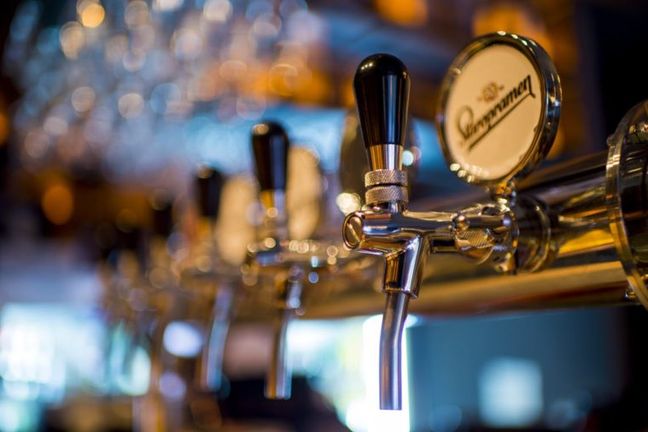
 Author: Sitar Bhatt
Author: Sitar Bhatt
 Cannabis Workers Allege Quota to Trim 4 Pounds a Day Violates the California Labor Code
Cannabis Workers Allege Quota to Trim 4 Pounds a Day Violates the California Labor Code
 The Ninth Circuit Reminds Us: Every Word Matters
The Ninth Circuit Reminds Us: Every Word Matters
 NO WAY, PRO SE! The Consequences of Abusing the Judicial System as a Pro Se Litigant in Colorado
NO WAY, PRO SE! The Consequences of Abusing the Judicial System as a Pro Se Litigant in Colorado
 Victim of Financial Mismanagement or Unlawful Retaliation? New Jersey City University Program Founder Claims School Retaliated After Reporting Alleged Sexual Harassment
Victim of Financial Mismanagement or Unlawful Retaliation? New Jersey City University Program Founder Claims School Retaliated After Reporting Alleged Sexual Harassment
 “Real Housewives” Gets a Reality Check
“Real Housewives” Gets a Reality Check
 Missing a Chapter: Insufficiency of Expert Deposition Testimony in Medical Malpractice Litigation
Missing a Chapter: Insufficiency of Expert Deposition Testimony in Medical Malpractice Litigation
 Crash Course: Why Summary Judgment Misses the Mark in Illinois Multi-Cause Limousine Crash Collision
Crash Course: Why Summary Judgment Misses the Mark in Illinois Multi-Cause Limousine Crash Collision
 Bitter Truths: Lead, Cadmium, and Defective Pleadings in California Chocolate Class Action
Bitter Truths: Lead, Cadmium, and Defective Pleadings in California Chocolate Class Action
 The Law of Unintended Consequences: Including Insurance Brokers in Litigation Strategy Communication May Waive the Attorney-Client Privilege
The Law of Unintended Consequences: Including Insurance Brokers in Litigation Strategy Communication May Waive the Attorney-Client Privilege
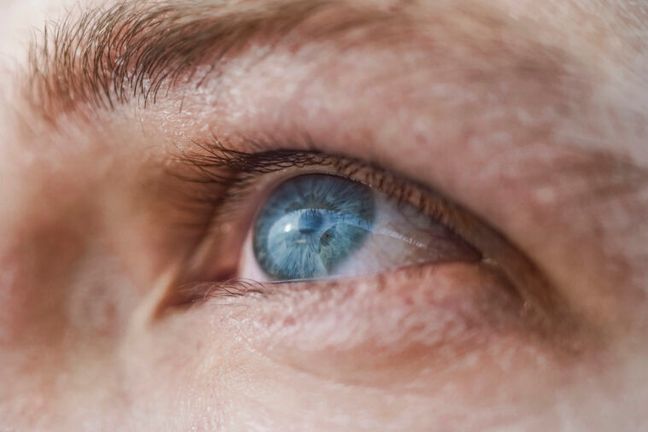 With an Eye Toward Summary Judgment: Courts as Gatekeepers in Medical Malpractice Claims
With an Eye Toward Summary Judgment: Courts as Gatekeepers in Medical Malpractice Claims
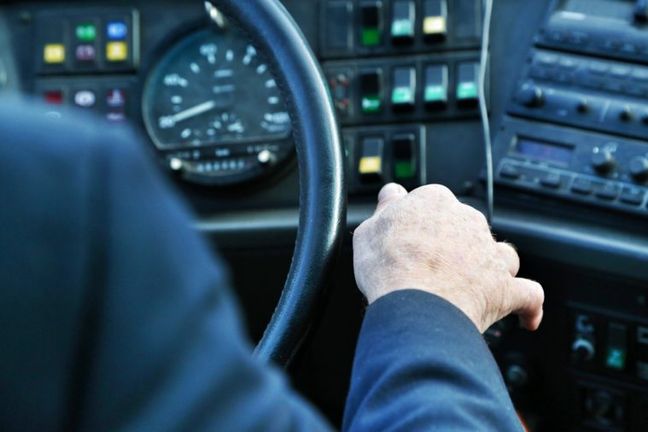 Automatic Attorneys’ Fees from Contractual Arbitration? Not So Fast!
Automatic Attorneys’ Fees from Contractual Arbitration? Not So Fast!
 Suspension of Rules Lifted – Is Arizona Back to Normal?
Suspension of Rules Lifted – Is Arizona Back to Normal?
 What is a School’s Standard of Care? Is it Based on Special Relationships, Public Policy, or Both?
What is a School’s Standard of Care? Is it Based on Special Relationships, Public Policy, or Both?
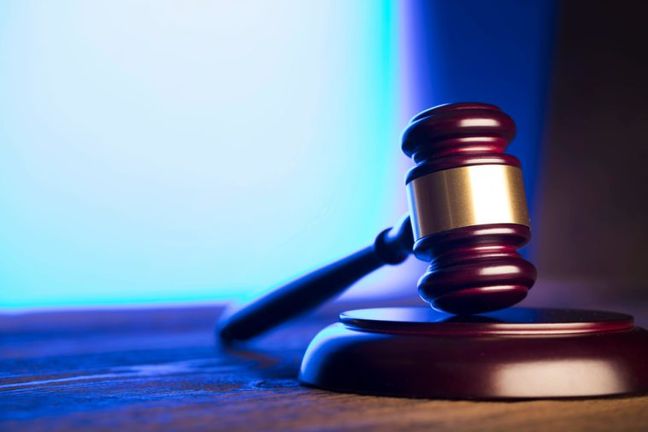 Arizona Claim Preclusion: A Powerful Tool to Stop the Re-Litigation of a Claim
Arizona Claim Preclusion: A Powerful Tool to Stop the Re-Litigation of a Claim
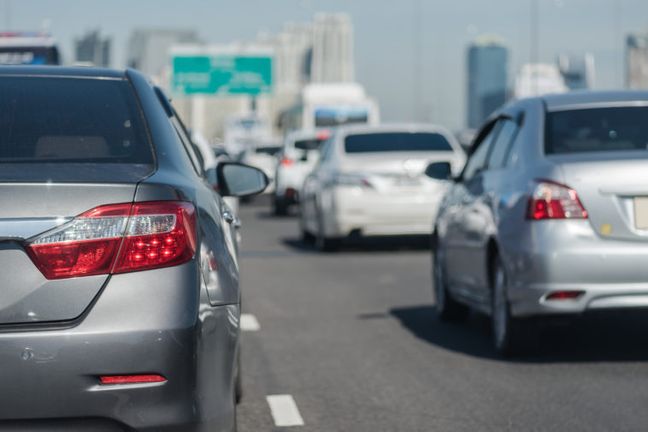 Arizona 2021 Legislative Update
Arizona 2021 Legislative Update
 Pima County’s FASTAR Programs Do Not Violate Arizona’s Compulsory Arbitration Statute
Pima County’s FASTAR Programs Do Not Violate Arizona’s Compulsory Arbitration Statute
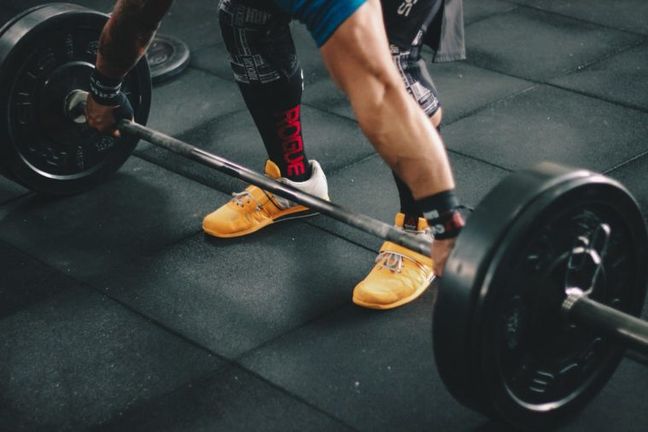 Arizona and an Excess Carrier’s Equitable Subrogation Claim
Arizona and an Excess Carrier’s Equitable Subrogation Claim
 Future of Litigation in Arizona: Potential Influx of Non-Lawyer Money?
Future of Litigation in Arizona: Potential Influx of Non-Lawyer Money?